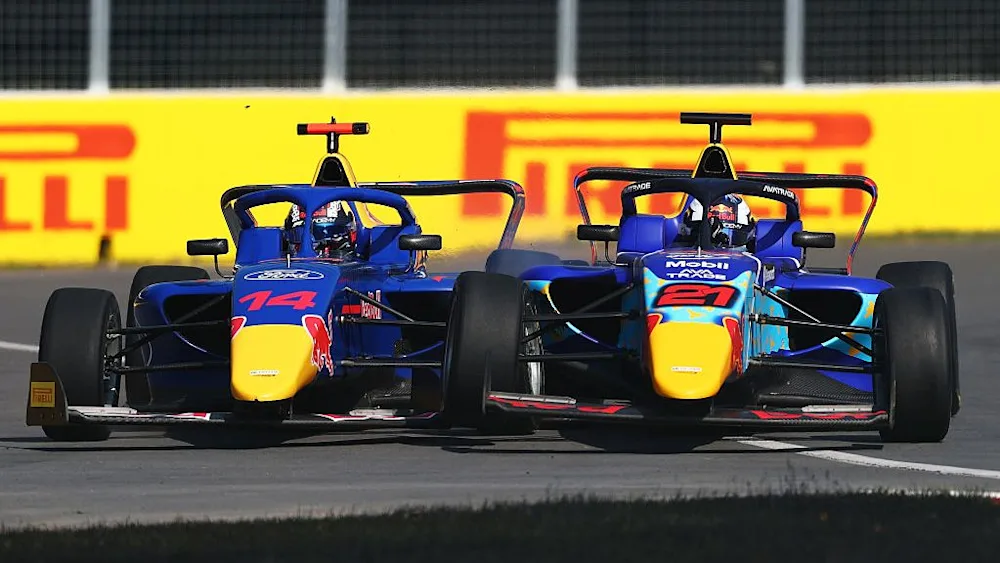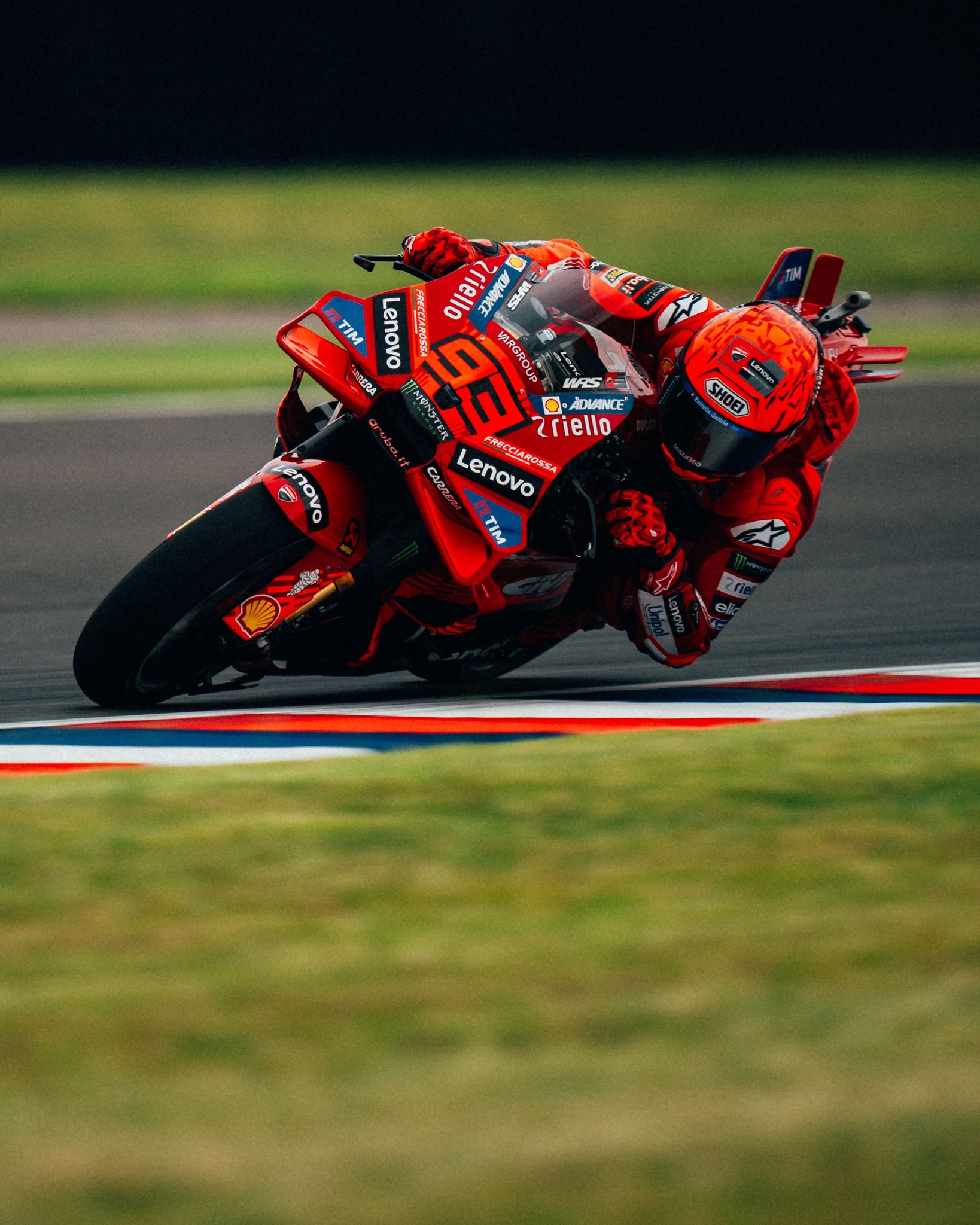2026 F1 rule changes: Breaking the cycle and handing drivers more control
- Olivia Kairu

- Jun 3
- 4 min read
Written by Olivia Kairu, Edited by Dhara Dave

It’s that time again, when the Federation Internationale de l’Automobile (FIA) introduces Technical Regulation changes poised to shake up the sport’s landscape. However, the 2026 Formula One season marks a shift in how racing could unfold, handing drivers more control.
With every technical regulation change comes the start of a new regulatory cycle. A reset to the grid, marked when the newly built F1 cars hit the track during pre-season testing. The theory goes that the first season in the cycle often sees one team’s dominance set the benchmark that the rest of the pack chases, kicking off parallel races, one on track, where teams race to reach competitive pace and vie for points, and the other off track, where outfits chase performance in the wind tunnel and the design office.
The current cycle, launched in 2022 with a massive aerodynamic regulation overhaul, is nearing its close this year. Competition has now reached its peak with a decrease in the development deficit across multiple teams and a tightening of the grid that we last saw on the straights of the Yas Marina Circuit during the 2021 Abu Dhabi Grand Prix.
The current cycle reintroduced ground effect aerodynamics to the sport. Bringing an end to Mercedes’ supremacy in the hybrid era and ushering in the success of the Adrian Newey-built Red Bull Racing cars in the ground-effect generation. Now, much like the fulfilment of a prophecy or rather in this case, the fulfilment of a theory, McLaren shattered the dome of dominance with their 2024 Constructors’ Championship win and, along with the surge of other teams, continues to shift racing expectations with the wave of each chequered flag.
As the 2026 F1 season looms, and with it the execution of a rule revamp, will this new regulatory cycle fall victim to the slow progression of its predecessors?
A hands-on approach
Typically, technical regulation changes tend to focus on either the aerodynamics or the power unit on F1 cars. However, what is peculiar and particular to the 2026 alterations is a focus on both car components.
Adrian Newey, serving as the current Aston Martin Technical Director, spoke on the rarity of the oncoming rule changes.
“For the first time I can remember, we've got both the chassis regulations and power unit regulations changing at the same time," he said in an interview posted by Aston Martin. "This is interesting and slightly scary. Both the new aerodynamic rules and the PU regulations present opportunities. I would expect to see a range of aero solutions, and there could be variation in PU performance across the grid to begin with, which is what happened when the hybrid regulations first came in, in 2014.”

While already unusual in approach, the regulations take racing to a different realm than those prior. One that could break the cycle and promise competitive races from the outset. 2026 offers the promise of nimbler F1 cars, made to be sprightly, powerful challengers. The FIA’s revision to a reduction in the total weight by 30kg for a 768kg car aims to create the base for a more active machine.Also included in the amendments are the return of active aerodynamics and updates to the power unit. Both of which will give drivers more command of their cars with the assistance of driver-activated elements.
Over the seasons, we have seen teams push the boundaries into grey areas of the regulations. From flexi-wings, which continue to cause quite the stir, to the Mercedes W11 car’s Dual-Axis Steering (DAS) system, which was quickly outlawed. Although different in composition, both innovations hit the intersection where the targeted outcome provided drivers with more control by allowing them to adjust the generation of downforce, tyre temperature, and aerodynamic balance at different speeds.
Now with the reintroduction of active aerodynamics, drivers will be able to direct airflow through manipulating the angles of front and rear wings with two modes, Z-mode and X-mode. For greater cornering speed, the high-downforce Z-mode while on the straights, the low-drag X-mode will be available at the driver’s discretion.
The move towards a more fluid aerodynamic system renders the current Drag Reduction System (DRS) redundant. This is where the changes in the power unit come in. The hybrid unit will see an even split in electric power from the Kinetic Motor Generator Unit (MGU-K) and engine power. The turbocharged 1.6-litre V6 engine will use 100% sustainable fuels, together with the uptick in electric power from the MGU-K of up to 350kW.
With a DRS-shaped hole in the overtaking possibilities for 2026, the FIA introduced a Manual Override engine mode that will supply drivers close enough to the car ahead with an extra boost of battery power.

Jan Monchaux, the FIA’s single-seater Technical Director, spoke about the differences between DRS and the Manual Override mode as reported by ESPN: “Right now, with the DRS, you are behind a car, within a second, that ticks a box, and you are allowed to open your DRS in a straight line. This will not be the case anymore,” he said.
“However, the logic will be the same: I'm close enough to another car, I am given an extra amount of energy for that one lap, which I can deploy any way I want. The extra amount of energy is defined, and that will give that boost of energy to eventually give the following car a chance to overtake by the end of the straight.”
F1 drivers head into the new season equipped with changes to both the engine and aerodynamics of the cars, as well as with modes that allow for control of parts of the car they previously may not have had access to.
Could F1’s active aerodynamic era mark the end of the lull in competition that the traditional progression of regulatory cycles is known for, through this new racing approach that gives drivers more control in the cockpit?











Comments